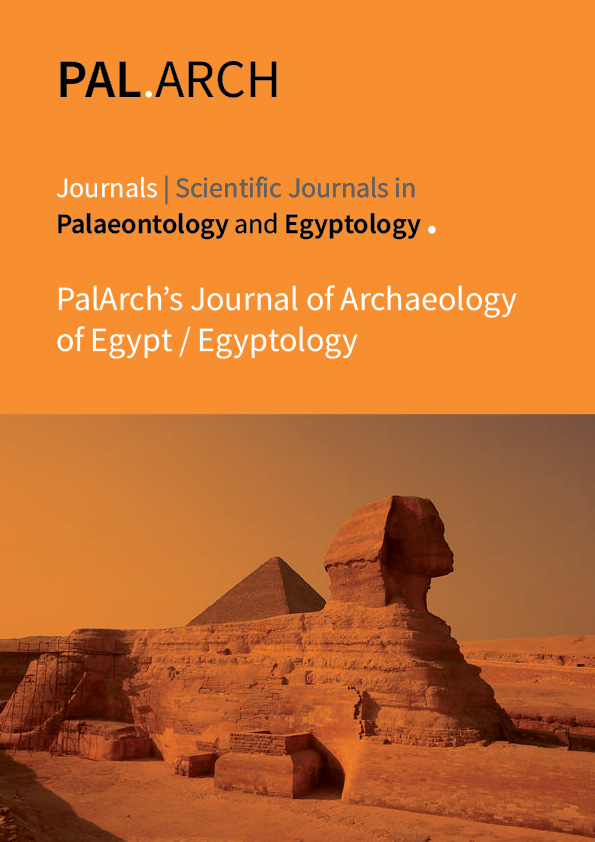AMBIGUITIES IN UZBEK LANGUAGE - SYNTACTIC HOMONYMS
Abstract
Homonymy is a multifaceted linguistic phenomenon which is observed within units of language at different levels. Nowadays, lexical, morphological, phonetic, graphic homonymy, as well as homonymy based on word-formation and syntactic homonymy are distinguished in world linguistics. It is fact that homonymy has been studied so far mainly in lexical-semantic and morphological aspects and it means that this phenomenon is more apparent within these level units of language. However, homonymy is also revealed in specific expressions within other level units. Particularly, although syntactic homonymy is observed in all languages, the theoretical scientific interpretation of this linguistic phenomenon has not yet been fully formulated. In this article, we will describe the peculiarities of syntactic homonyms, and our interpretations on the formation of the phenomenon of homonymy in the syntactic units of the Uzbek language.



